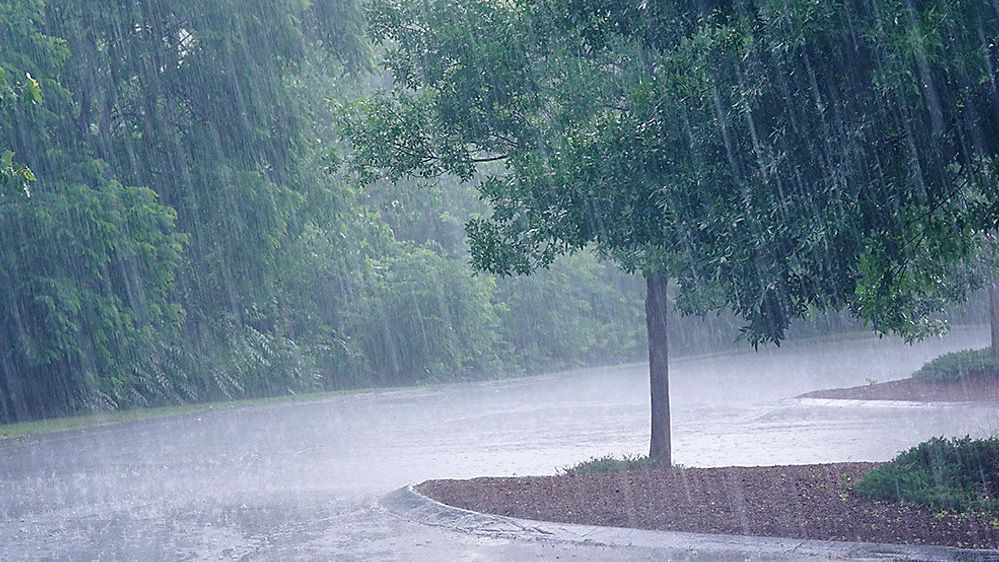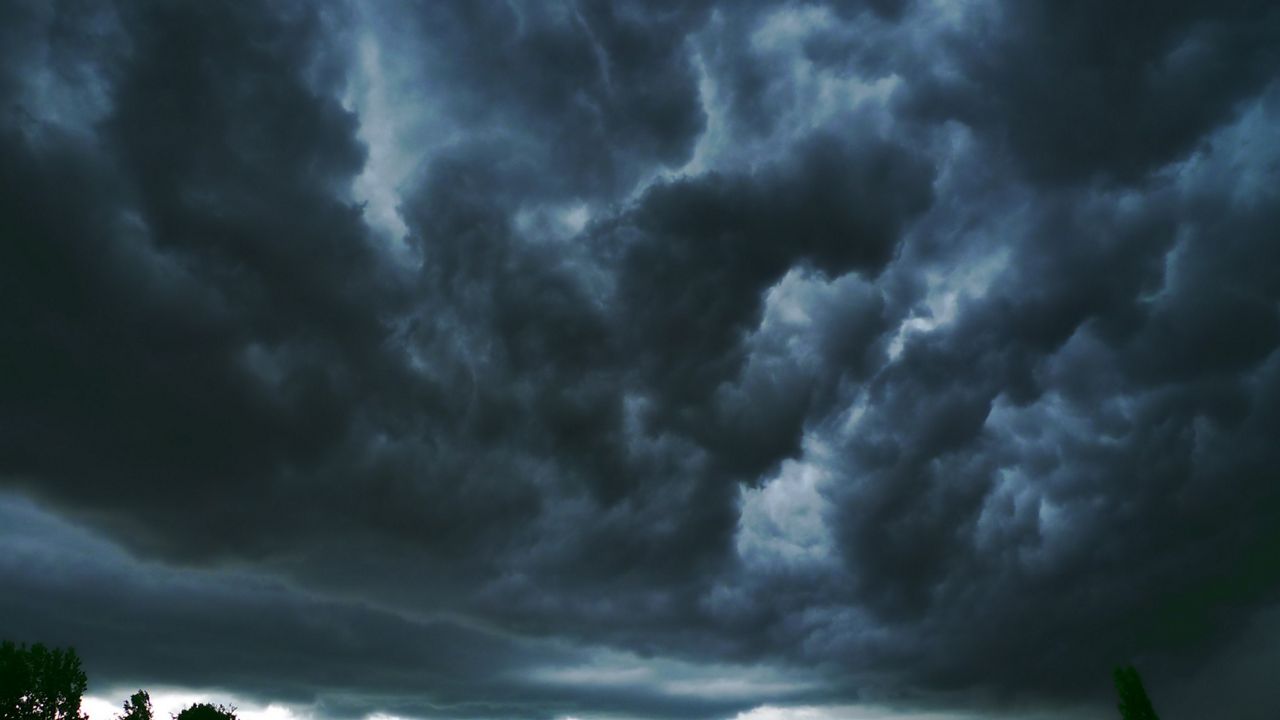I took a trip last week to Ohio to see some baseball. Ohio, specifically the Toledo area, is where my brother and I spent most of our summers as kids. So, I have fond memories of Ohio, and I like to get over there for a ballgame or two every few years.
By the way, the Astros won the game I saw in Cleveland 7-2 on an Altuve grand slam in the top of the 5th. It was a touch amusing that he was mercilessly booed during each at-bat for the Astros cheating scandal back in 2017. No boos were forthcoming in his next at-bat after the grand slam.
Anyway, as I was driving home on Friday, I encountered one thunderstorm after another from around Erie, P.A. to Buffalo, N.Y.
The rain was so heavy that I couldn’t see more than 50 feet in front of me. Some cars pulled over with lights and flashers on. Others, including myself, continued at 20 to 30 mph with lights and flashers.
It’s a state law that you must have your lights on when driving in the rain. It’s a good idea so people behind you can keep track of where you are. During heavy rain, the flashers also help.
So, I thought about how meteorologists talk about thunderstorms to our viewers.
One word you may hear is “thundershower.” Technically, there is no such thing. It’s a thunderstorm. The problem is that in certain situations, a thunderstorm sounds too heavy-handed when talking about a non-severe thunderstorm.
As a side note, the minimum requirement for a thunderstorm to be categorized as severe is that one or more of three elements must be met:
- A thunderstorm capable of producing damaging wind gusts of at least 60 mph
- A thunderstorm capable of producing hail an inch in diameter or larger (an inch in diameter is the size of a U.S. quarter)
- A thunderstorm that produces a tornado
Torrential rain and frequent lightning do not meet severe criteria unless one or more of the above three criteria are met. Flooding may also occur, but it is not part of severe criteria.

Another term you may hear from a meteorologist is “garden-variety thunderstorm.” This is another way to express that thunderstorms will not be widespread or severe in a given event without saying “non-severe thunderstorm.”
Thunderstorm setups can be tricky, and it would be irresponsible to say, “non-severe thunderstorms.” So, it’s another way to try to minimize viewer concern.
Thunderstorms are often violent with gusty winds and heavy rain. Not all thunderstorms are a cause for concern. However, lightning makes them dangerous, whether severe or not, so you need to be inside a shelter or home when they pass through.
A “thundershower” or “garden-variety thunderstorm” will often contain torrential rain and wind gusts to or just over 40 mph. They can also be tamer than that.
A severe storm with wind gusts to and above 60 mph often causes a lot of localized damage to trees and power lines on its path. In the case of a squall line (a few to several severe storms in a line), the damage will be over a wider path. Think back to the derecho event we saw on Labor Day of 1998.

A slow-moving or near-stationary, non-severe thunderstorm can also produce flash flooding. Flash flooding is particularly dangerous.
Never drive across a flooded road, and do not walk in floodwaters. The water is loaded with bacteria, and you may not be able to see the pavement.
Torrential rain flowing through the sewer system can lift manhole covers off the road. This happened a few years back in Syracuse. A man tried to push a car in waist-deep floodwaters and fell through the opening where the manhole cover would normally be.
I know many folks who love thunderstorms and others who are terrified of them. Just keep in mind that all thunderstorm events are not the same. We see many of them during the late spring and summer months in our region, and most of them do not meet the severe criteria outlined above.
Often, when we see severe storms in our region, they tend to be isolated or hit-and-miss. Only occasionally are they widespread. In these cases, watches are issued in advance to give you notice.
Watch your local Spectrum News 1 meteorologist to stay updated on the forecast.



